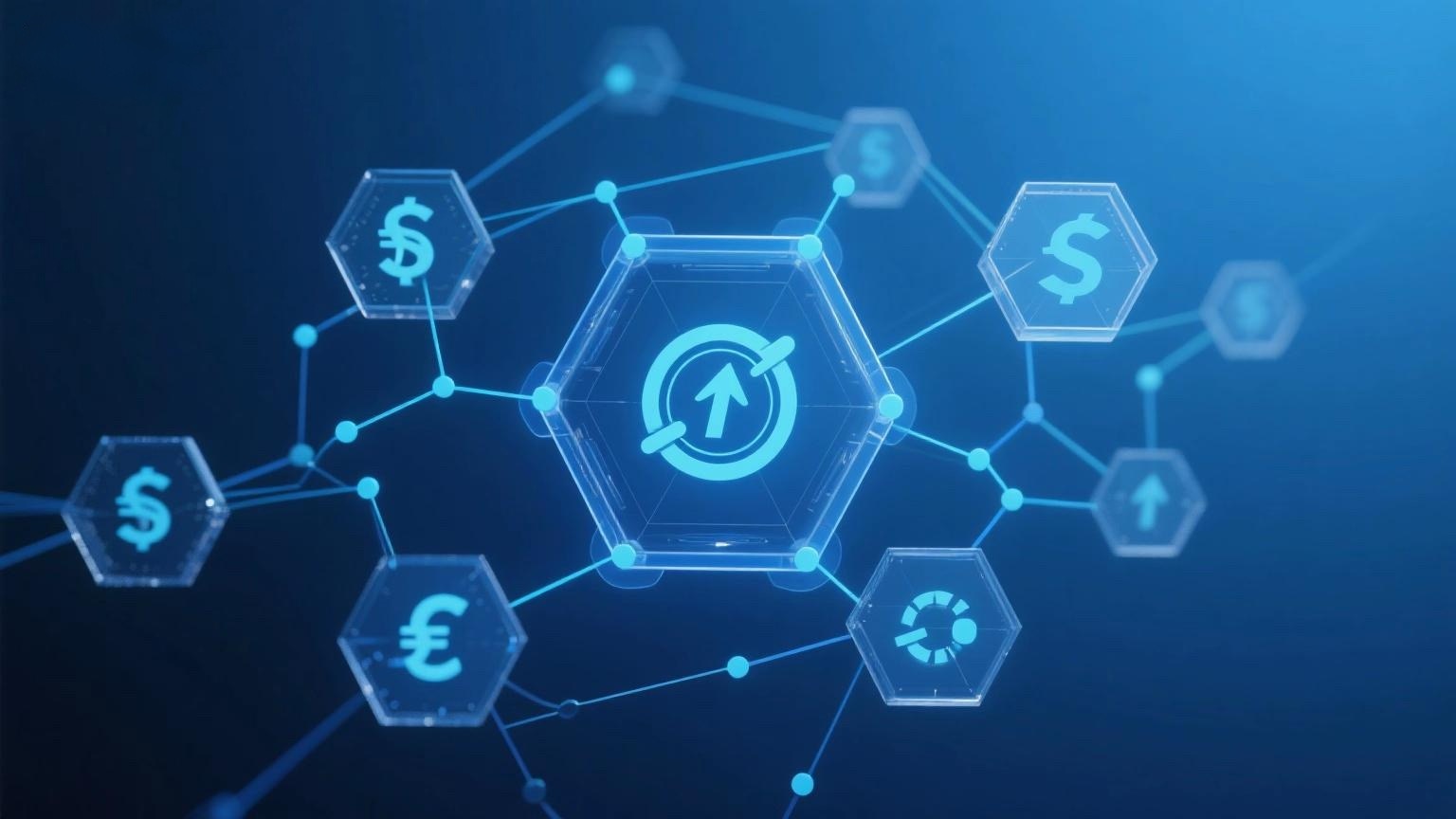
Any system is like a building, with foundations and a main structure, just like the traditional financial system where central banks handle final settlement and monetary policy, while commercial banks manage investments and financing. The same applies to DeFi. We can abstract the entire DeFi world into five layers: the settlement layer, asset layer, protocol layer, application layer, and aggregation layer.
Settlement Layer (Layer 1): Consists of the blockchain and its native protocol assets (e.g., BTC on the Bitcoin blockchain and ETH on the Ethereum blockchain). It allows the network to securely store ownership information and ensures that any state changes comply with its rule set. The blockchain can be seen as the foundation for trustless execution, serving as the settlement and dispute resolution layer.
Asset Layer (Layer 2): Comprises all assets issued on top of the settlement layer. This includes native protocol assets as well as any other assets (commonly referred to as tokens) issued on this blockchain.
Protocol Layer (Layer 3): Provides standards for specific use cases, such as decentralized exchanges, debt markets, derivatives, and on-chain asset management. These standards are typically implemented as a set of smart contracts accessible to any user (or DeFi application). Thus, these protocols are highly interoperable.
Application Layer (Layer 4): Creates user-facing applications that connect to various protocols. Smart contract interactions are often abstracted through web-based frontends, making the protocols easier to use.
Aggregation Layer (Layer 5): An extension of the application layer. Aggregators create user-centric platforms that connect to multiple applications and protocols. They usually provide tools to compare and evaluate services, allowing users to perform other complex tasks by connecting to multiple protocols simultaneously and combining relevant information in a clear and concise manner. Now that we understand the conceptual model, let’s take a closer look at tokenization and the protocol layer. After briefly introducing asset tokenization, we will examine decentralized trading protocols, decentralized lending platforms, decentralized derivatives, and on-chain asset management protocols. This provides us with the necessary foundation to analyze the potential risks of DeFi.
Currently, DeFi has formed the rudiments of a complete ecosystem, but there are still many areas that need improvement. As a result, developers are still working on projects across these five layers. Only by understanding these five layers can one comprehend a project’s position, necessity, and reasonable valuation within the DeFi world. As DeFi develops, especially with the refinement of the protocol layer, future developers will mostly focus on project development in the application and aggregation layers. For ordinary users, their primary interaction will also be with projects in the application and aggregation layers.
















